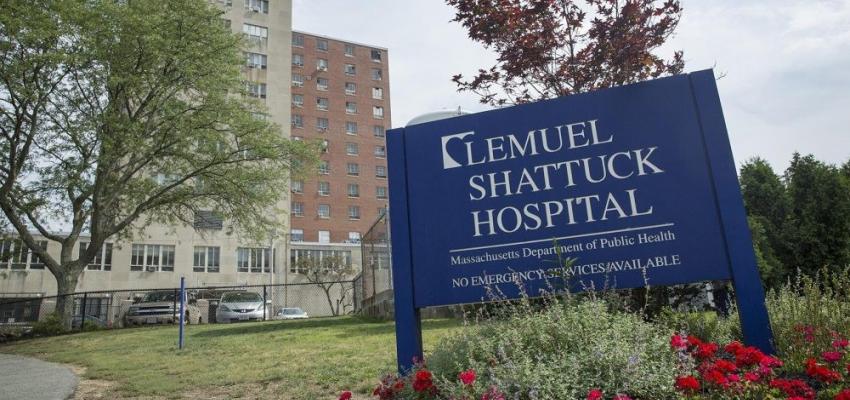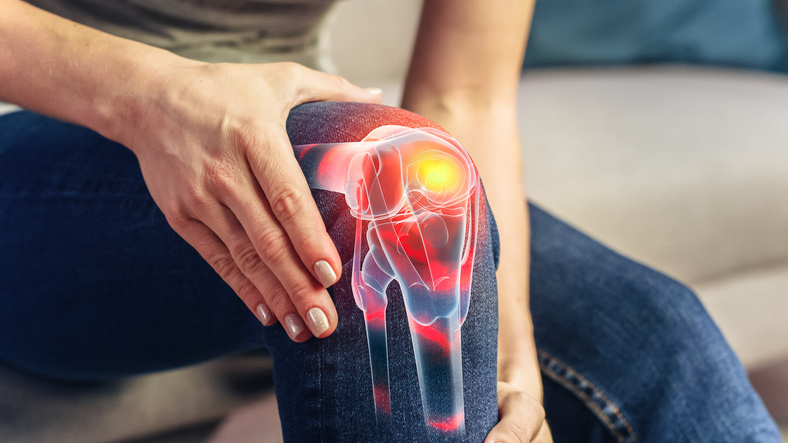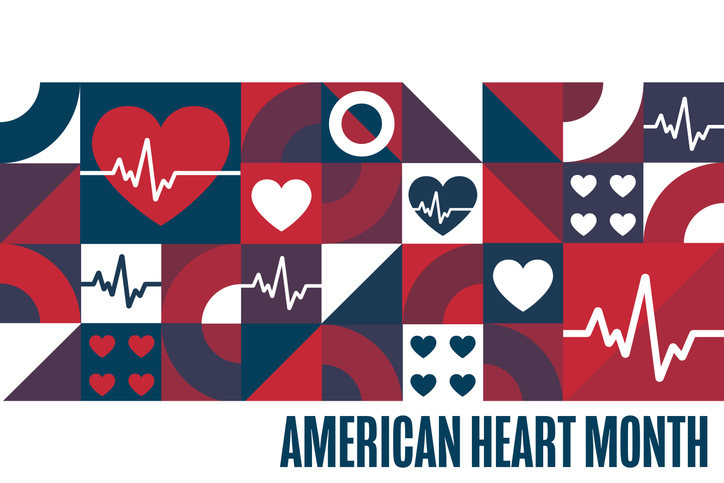You’re never too young or healthy to start thinking about your heart and vascular health. June is Men’s Health Month, making it the perfect time to shine a spotlight on an issue that too often goes unnoticed: vascular disease in men. From high blood pressure and peripheral artery disease to dangerous blood clots and stroke, men face unique vascular risks that can silently develop until a major event occurs. The good news? Many of these conditions are preventable or manageable when caught early.
In this blog, we’ll discuss the most common vascular health concerns for men, the early warning signs you shouldn’t ignore, and practical steps to take charge of your vascular well-being before a crisis hits.
Why Men Are at Higher Risk for Vascular Disease
Men are statistically more likely to experience serious vascular conditions earlier in life than women. Factors like genetics, lifestyle habits, and underdiagnosed symptoms contribute to this increased risk. Many men ignore early signs or assume their symptoms are simply part of aging, until a more severe event occurs.
Certain vascular diseases disproportionately affect men, including:
- Peripheral Artery Disease (PAD)
- Aortic Aneurysms
- Deep Vein Thrombosis (DVT)
- Carotid Artery Disease
- Varicose veins and chronic venous insufficiency
Understanding the warning signs can make all the difference.
Common Vascular Conditions That Impact Men
1. Peripheral Artery Disease (PAD)
PAD is a narrowing of the arteries that reduces blood flow to the limbs, most commonly the legs. Left untreated, PAD can lead to serious complications, including amputation.
Watch for these signs:
- Leg pain or cramping while walking that goes away with rest
- Coldness or numbness in your lower legs or feet
- Poor wound healing on the feet or toes
2. Abdominal Aortic Aneurysm (AAA)
This condition occurs when a portion of the aorta becomes enlarged and weakened, potentially leading to rupture, a life-threatening emergency.
Risk factors include:
- A history of smoking
- High blood pressure
- A family history of aneurysms
Men over 65 who have smoked are strongly advised to get screened.
3. Carotid Artery Disease
Carotid arteries supply blood to your brain. If they become narrowed or blocked, it can lead to a stroke. In fact, stroke is one of the leading causes of death and disability in men.
Early symptoms may include:
- Sudden weakness or numbness on one side of the body
- Vision problems
- Slurred speech or confusion
Don’t wait until symptoms strike—this disease can be silent until it becomes critical.
4. Deep Vein Thrombosis (DVT)
DVT occurs when a blood clot forms in a deep vein, usually in the leg. If the clot travels to the lungs, it can cause a pulmonary embolism.
Warning signs:
- Swelling in one leg
- Warmth, redness, or pain in the leg
- Shortness of breath (if the clot moves to the lungs)
5. Varicose Veins and Chronic Venous Insufficiency
Though more commonly associated with women, these conditions are underdiagnosed in men and often dismissed as cosmetic. However, varicose veins can be a sign of chronic venous insufficiency (CVI), a progressive condition where blood pools in the veins due to weakened valves. Men are less likely to seek treatment, which can lead to complications if ignored.
Watch for these signs:
- Swollen, twisted veins in the legs
- Aching, heaviness, or throbbing after long periods of standing
- Skin discoloration or thickening near the ankles
- Leg ulcers or slow-healing wounds
Preventive Tips for Vascular Health
The earlier you prioritize vascular health, the better your long-term outlook. Here are actionable tips men can start applying today:
- Get routine vascular screenings – especially if you’re over 50 or have a family history.
- Quit smoking – tobacco is one of the most damaging habits for your vascular system.
- Stay active – aim for 30 minutes of walking, cycling, or swimming most days.
- Maintain a heart-healthy diet – prioritize fruits, vegetables, whole grains, and lean protein.
- Monitor your numbers – stay on top of blood pressure, cholesterol, and glucose levels.
- Know your family history – and share it with your doctor.
Know the Warning Signs and Don’t Ignore Them
When it comes to vascular health, subtle symptoms can signal something serious. Don’t write off leg pain, unexplained swelling, or fatigue as just “getting older.” The earlier you address vascular issues, the more options you have for effective treatment.
If you experience any of the symptoms mentioned above, especially in combination with a history of smoking, high cholesterol, or diabetes, talk to a specialist right away.
Expert Vascular Care Across New England
At The Vascular Care Group, we believe proactive care saves lives. With locations across New England and a team of board-certified vascular specialists, we offer advanced diagnostics, minimally invasive treatments, and personalized care for men at every stage of life. Whether you’re seeking preventive screenings or managing an existing condition, our compassionate team is here to help you protect your health and your future.
Call to schedule a consultation at one of our convenient New England locations.









